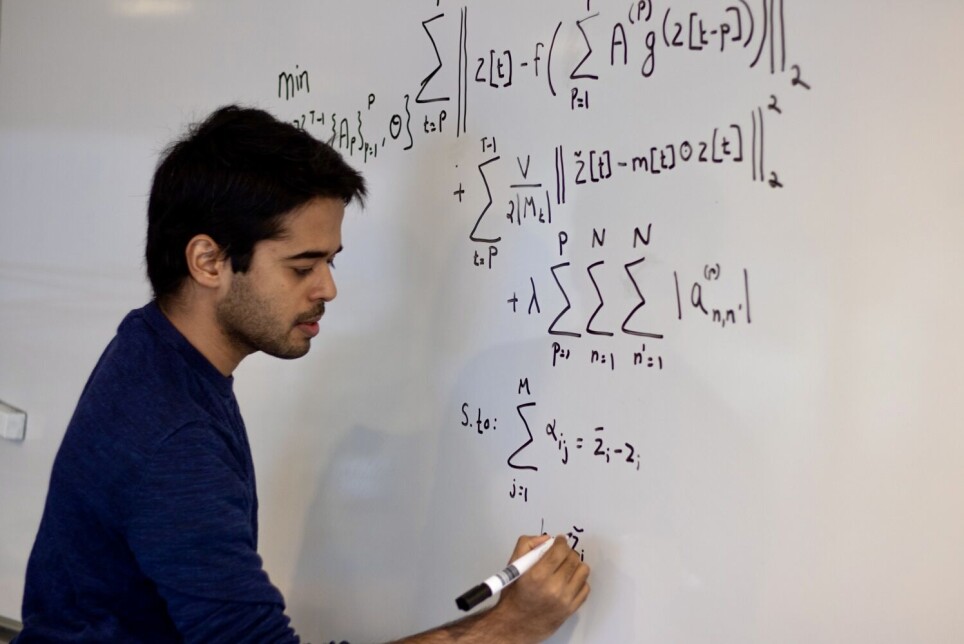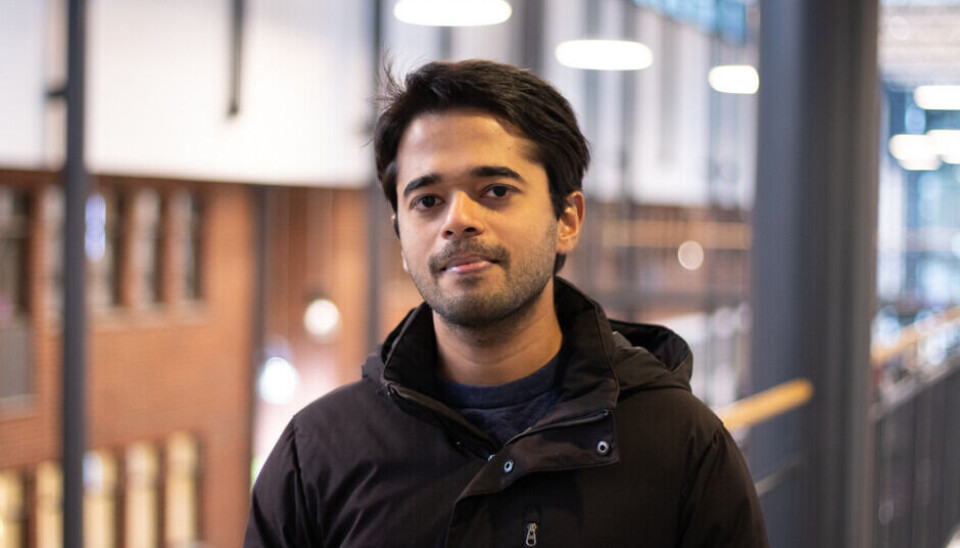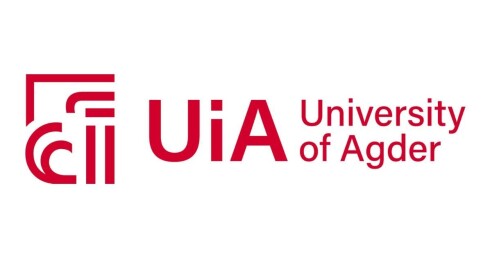THIS ARTICLE/PRESS RELEASE IS PAID FOR AND PRESENTED BY THE University of Agder - read more

Award-winning algorithm finds hidden connections
Research fellow Kevin Roy at the University of Agder beat developers from Google and Adobe.
PhD research fellow Kevin Roy has developed an algorithm that is able to discover causal relationships among different parts of a complex system.
For this work he received a best paper award at the IEEE International Seminar on Machine Learning, Optimization, and Data Science (ISMODE) held in Jakarta, Indonesia in 2022.
The work was selected among papers from authors affiliated wi Google, Adobe USA, Carnegie Mellon University and other top companies and universities from more than 20 different countries.
“The paper is a part of my Ph.D. thesis, which I plan to finish and deliver at the end of this year,” says Kevin Roy, a Ph.D. Research Fellow at UiA´s WISENET Center.
“The algorithm analyses the signals captured by a network of sensors monitoring an industrial process,” he says.
The advantage of an artificial intelligence (AI) system that discovers hidden connections is that the offshore industry can improve and streamline its systems.

“To simplify, you can say that the sensors monitoring temperature, water level, pressure and other things might co-operate with each other in a way humans cannot interpret, but the algorithm can. For instance if a sensor brakes down, we are able to go back to the algorithm and see how it is connected with other sensors and why it broke down,” he says.
A possible tool for several sectors
The algorithm was proven to be successful when tested with signals from sensors monitoring an industrial process, but Roy points out that its use can be extended to other fields as well.
“The algorithm can be used in any field where there is a need to understand large-scale dynamic systems, such as the financial and health sectors,” he says.
A significant contribution from this research is that the algorithm has improved accuracy, and demands less computational resources and data as compared to what you would normally need when you use AI.

This article/press release is paid for and presented by the University of Agder
This content is created by the University of Agder's communication staff, who use this platform to communicate science and share results from research with the public. The University of Agder is one of more than 80 owners of ScienceNorway.no. Read more here.
See more content from the University of Agder:
-
Research paved the way for better maths courses for multicultural student teachers
-
The law protects the students. What about the teachers?
-
This researcher has helped more economics students pass their maths exams
-
There are many cases of fathers and sons both reaching elite level in football. Why is that?
-
How we used plants to protect ourselves from evil
-
What is it like for nurses to promote health behind bars?
“In addition, our method is easily explained, which traditional AI methods like deep learning are not,” he says.




































